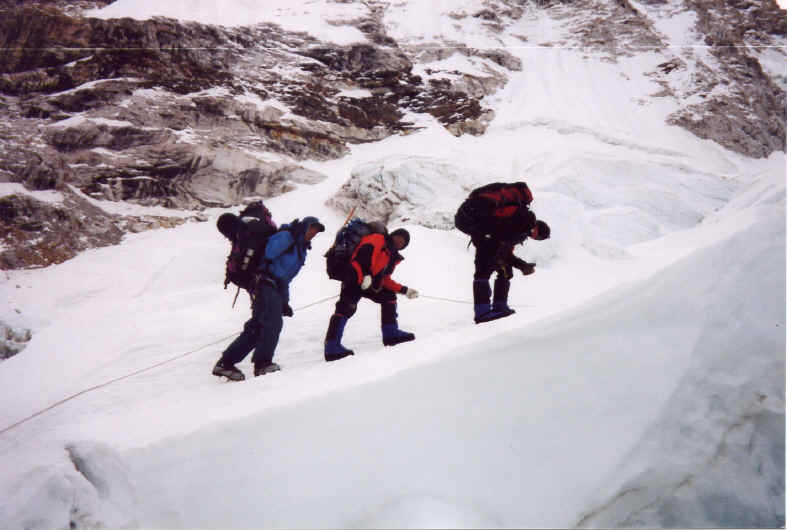I recently read a blog by Seth Godin in which he said: “Halfway up Everest, it makes no sense to have a discussion about climbing K2 instead.” Now to be fair, the main point of his blog is that we need to be open to new ideas. But Godin also recognizes that we reach a point where we need to commit to a course of action.
Godin’s quote may seem like nonsense (would anyone really do this?), but some leaders seem to constantly change the mountain that they are attempting to climb. This is just one of the mountain-climbing traps that leaders can fall into. If you want to conquer Everest, you need to avoid three common problems:
recently read a blog by Seth Godin in which he said: “Halfway up Everest, it makes no sense to have a discussion about climbing K2 instead.” Now to be fair, the main point of his blog is that we need to be open to new ideas. But Godin also recognizes that we reach a point where we need to commit to a course of action.
Godin’s quote may seem like nonsense (would anyone really do this?), but some leaders seem to constantly change the mountain that they are attempting to climb. This is just one of the mountain-climbing traps that leaders can fall into. If you want to conquer Everest, you need to avoid three common problems:
- Never declaring Everest. Some leaders never identify the major goal that they are trying to reach. Perhaps they’re trying to keep their options open. Or maybe they think that naming a huge challenge will frighten others in the organization. But a failure to declare what is most important will produce about the same results as climbing a mountain without the proper gear.
- Declaring everything to be Everest. Other leaders are quite willing to say, “This is the most important opportunity (or challenge) that we’re facing.” The problem is that they make the declaration every few weeks, and “this” is always different. Climbing to the top of the world takes a lot of planning and preparation. So does tackling a culture-shifting initiative in an organization. Changing the goal frequently creates confusion, fatigue, and cynicism, and it leads to poor results.
- Treating small hills like Everest. The assault on Everest requires a singular, unwavering focus. Some leaders would like to apply this mindset to every task. They don’t ever want to change plans or priorities. This trait is particularly true of some second chair leaders. And while the disruption of changing major priorities is harmful, it is equally harmful if an organization is so constricted that it never changes. Leaders need to distinguish between the Everest-sized initiatives and those that are much smaller.



